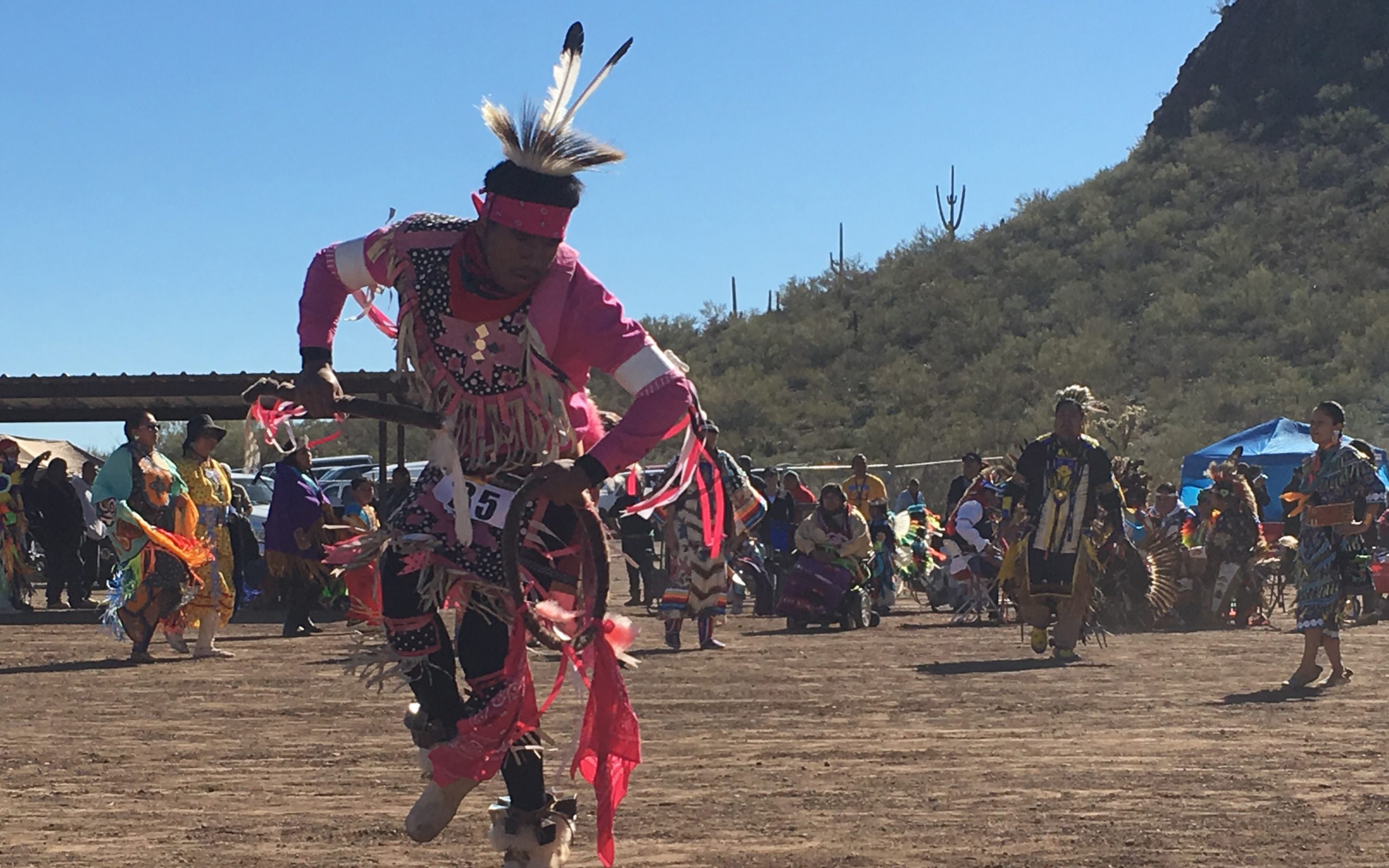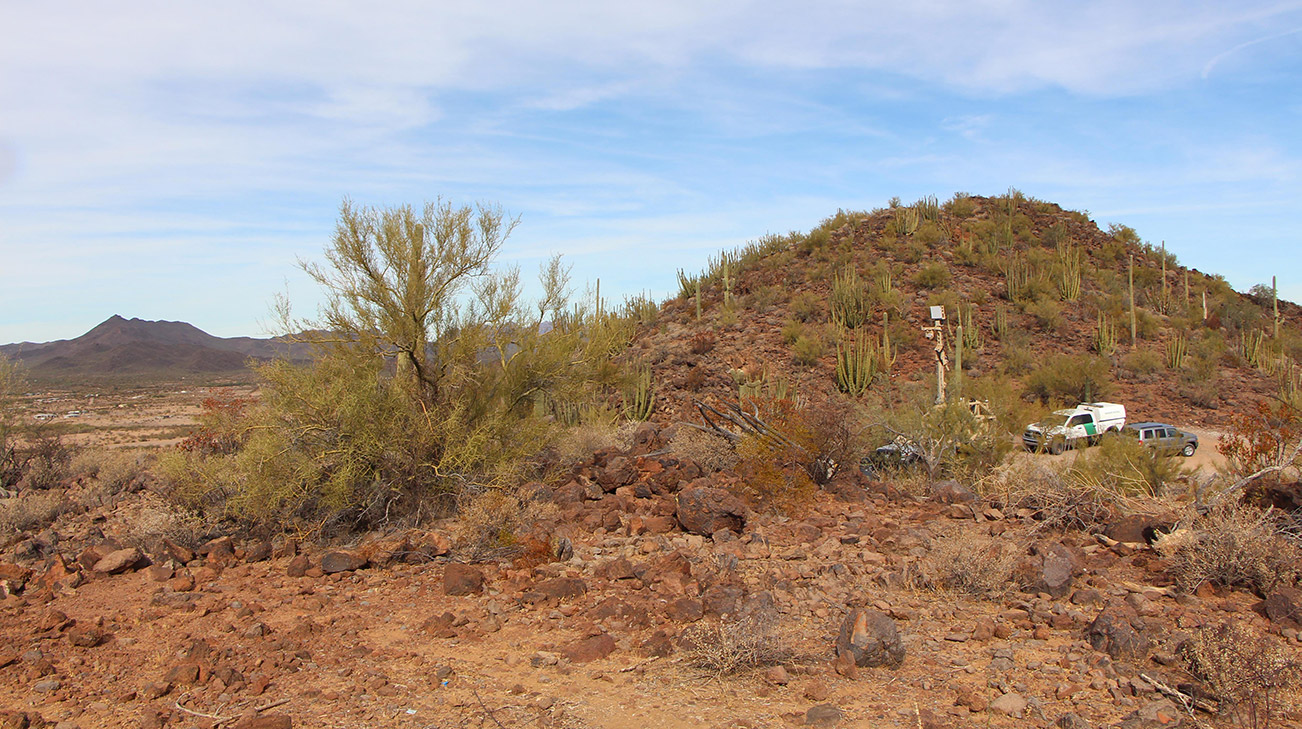
Tohono O’odham Nation: Desert Resilience Meets the Border’s Edge
The Sonoran Desert, a vast expanse of saguaro cacti, ancient mesquite trees, and rugged mountains, pulses with a timeless rhythm. For millennia, this has been the ancestral home of the Tohono O’odham, the "Desert People." Their history is etched into the landscape, their traditions interwoven with its delicate ecosystems. Yet, today, the Tohono O’odham Nation finds itself on the frontline of a modern geopolitical struggle, its heartland bisected by an international border, challenging their sovereignty, culture, and very way of life.
Spanning an area roughly the size of Connecticut, the Tohono O’odham Nation is the second-largest federally recognized tribe in Arizona, encompassing 2.8 million acres. Its lands stretch deep into what is now Mexico, a legacy of the 1853 Gadsden Purchase which arbitrarily drew a line through their territory, dividing families, sacred sites, and ancient trade routes. This historical wound has festered for generations, but in recent decades, with the militarization of the US-Mexico border, it has become a gaping chasm, forcing the O’odham to navigate a complex, often hostile, reality.
At the core of Tohono O’odham identity is Himdag, their unique way of life, a philosophy deeply rooted in their connection to the desert. This encompasses their language, ceremonies, traditional foods, and sustainable practices honed over centuries. The saguaro cactus, an iconic symbol of the Sonoran Desert, is central to their culture. Its fruit, harvested in the summer, marks the beginning of their new year, and its sweet syrup is used in ceremonies and as a vital food source. Traditional basket weaving, pottery, and the cultivation of drought-resistant crops like tepary beans are not just crafts but living testaments to their intimate knowledge of the desert environment.
"Our Himdag, our way of life, is inextricably linked to this land," says Verlon Jose, former Vice Chairman of the Tohono O’odham Nation. "The border cuts through our heart, but it does not sever our spirit. Our ancestors walked freely across this entire land, and we carry that memory." This deep spiritual and cultural connection to the entire O’odham land base – both north and south of the current border – is what makes the modern border enforcement so profoundly disruptive.
Before the enhanced border security measures, O’odham families moved relatively freely across the imaginary line to visit relatives, attend ceremonies, and access ancestral lands. The Tohono O’odham Nation is the only federally recognized tribe whose reservation lands are bisected by an international border, with approximately 2,000 tribal members residing in Mexico. This unique geographic and political reality means that federal policies designed for a generic border often clash directly with tribal sovereignty and ancestral rights.

The construction of border walls and fences, increased surveillance, and the constant presence of Border Patrol agents have transformed their ancestral lands into a militarized zone. What was once a subtle, often permeable boundary has become a formidable barrier, severing families and disrupting sacred practices. Tribal members now face checkpoints within their own reservation, requiring identification to move between communities, a profound infringement on their self-governance.
"Imagine having to show your papers to go from one side of your town to the other, or to visit your grandmother who lives just a few miles away, but across an arbitrary line," explains Ned Norris Jr., current Chairman of the Tohono O’odham Nation. "This is our daily reality. It’s a constant reminder that our sovereignty is being challenged, not just by foreign entities, but by the very government that is supposed to protect our rights."
The challenges extend beyond family separation and restricted movement. The Tohono O’odham Nation has become a primary corridor for human and drug smuggling. Desperate migrants, often ill-prepared for the harsh desert, frequently traverse tribal lands, leading to a humanitarian crisis. Tribal law enforcement and healthcare services are strained by the need to respond to lost, injured, or deceased individuals. The desert, a source of life for the O’odham, becomes a graveyard for others.
Furthermore, the environmental impact of border infrastructure is devastating. The construction of border walls, often without tribal consultation, has scarred pristine desert landscapes, disrupted fragile ecosystems, and blocked the migration routes of native wildlife like javelina, deer, and bobcats. Erosion caused by construction and increased vehicle traffic threatens water sources and sacred sites. The desert, already vulnerable to climate change, is under unprecedented stress.
Despite these immense pressures, the Tohono O’odham Nation has demonstrated remarkable resilience and a fierce commitment to preserving its Himdag. They have established their own highly effective tribal police force, working to protect their people and lands while maintaining their sovereignty against federal encroachment. They have consistently advocated for policies that respect tribal rights, engage in ongoing dialogue with both the U.S. and Mexican governments, and educate the public about their unique situation.
Cultural preservation efforts are vibrant. The O’odham language, though endangered, is taught in schools and within families, ensuring its survival. Traditional ceremonies continue, often adapted to navigate the complexities of border crossing for those living in Mexico. The Nation has also invested in economic development, including agricultural enterprises and tourism, to create opportunities for its members and strengthen its self-sufficiency.
The Tohono O’odham Nation’s story is a microcosm of the broader challenges facing Indigenous peoples globally: the struggle to maintain cultural identity and sovereignty in the face of colonial borders and modern nation-states. Their resilience, however, offers a powerful testament to the enduring strength of traditional knowledge and the unbreakable bond between a people and their ancestral lands.
As the debate over border security continues to rage, the Tohono O’odham stand as a living reminder that borders are not merely lines on a map but deeply impactful constructs that shape lives, divide communities, and challenge ancient ways. Their fight is not just for their own survival, but for the recognition of Indigenous rights, the respect for ancestral lands, and the preservation of a unique culture that has thrived in the desert for millennia. Their future, like the saguaro, continues to rise, firmly rooted in the desert soil, yet reaching towards the sky, ever adapting, ever enduring.



